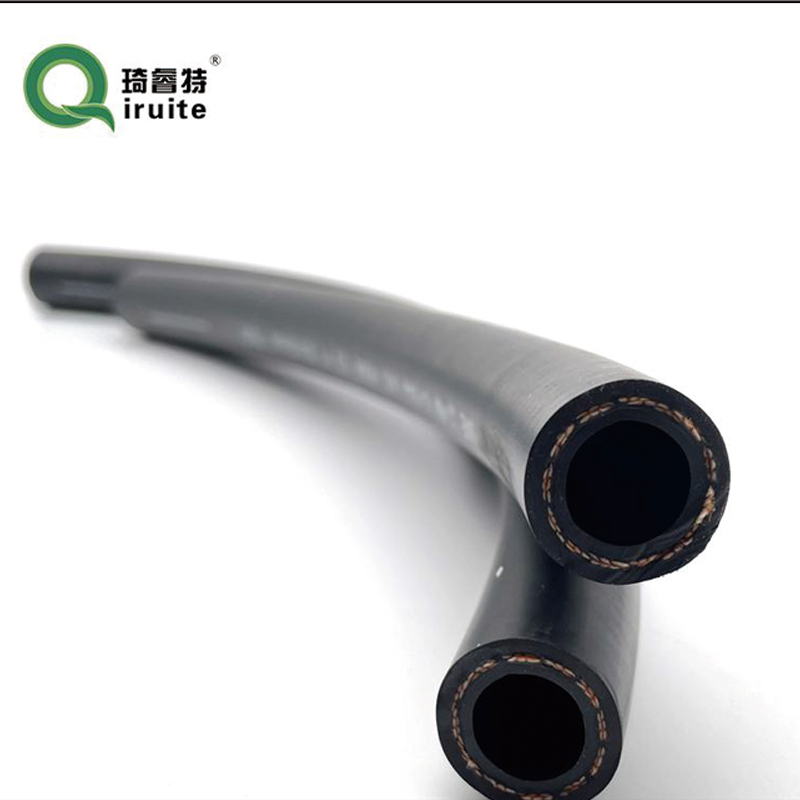Similarities in Power Steering Hoses and Their Importance in Vehicle Performance
Understanding Power Steering The Role of Hose in Its Functionality
Power steering is a critical component of modern vehicles, enhancing the driver's ability to steer with ease. While many might focus on the steering wheel, the steering rack, or the pump, one of the unsung heroes of this system is the power steering hose. This article will dive into the importance of power steering hoses, their function, common issues, and maintenance tips to ensure your vehicle's steering system operates smoothly.
The Function of Power Steering Hoses
Power steering systems generally employ hydraulic technology to make steering easier. At the heart of this system is the power steering fluid, which is pumped through a series of hoses, allowing for smooth steering. The power steering hose serves as the main conduit, transporting fluid from the pump to the steering gear and back again.
In essence, the power steering hose connects the hydraulic pump to the power steering gear. There are usually two hoses—one high-pressure hose that carries fluid to the steering unit and one low-pressure return hose that returns fluid to the reservoir. This continuous circulation of fluid is vital for the proper function of the power steering system, as it allows for the generation of the necessary hydraulic pressure that assists the driver in maneuvering the vehicle with minimal effort.
Common Issues with Power Steering Hoses
Like any other component of a vehicle, power steering hoses can experience wear and tear over time. Common issues include leaks, cracks, or blockages. A leak in the power steering hose can lead to a loss of fluid, which may result in a noticeable decrease in steering performance, often accompanied by whining sounds or the stiffening of the steering wheel.
Cracks and wear can occur due to exposure to heat, oil, or other corrosive substances, and they may also lead to fluid loss. Blockages can happen due to contamination or the buildup of debris within the hose, which can severely impede fluid flow and affect the efficiency of the power steering system.
hose a power steering

Maintenance Tips for Power Steering Hoses
Regular maintenance is vital to ensure your power steering system functions properly and to avoid costly repairs
. Here are some tips for maintaining your power steering hoses1. Regular Inspection Periodically check the power steering hoses for signs of wear, such as cracks, bulges, or leaks. Inspect the connections for any signs of looseness or corrosion.
2. Check Fluid Levels Ensure that the power steering fluid is at the proper level. Low fluid levels can lead to increased wear on the hoses and other components of the system.
3. Fluid Condition Regularly check the condition of the power steering fluid. If it appears dark or contaminated, it may need to be replaced.
4. Professional Servicing Consider having your power steering system inspected by a professional mechanic during routine service intervals. They can also flush the system if necessary and replace old or worn hoses.
Conclusion
Power steering hoses may not get the spotlight they deserve, but they play a crucial role in the overall functionality of your vehicle's steering system. By understanding their importance, recognizing potential issues, and conducting regular maintenance, drivers can ensure a smooth steering experience. A well-maintained power steering system not only enhances the driving experience but also contributes to the longevity and reliability of your vehicle. Remember, when it comes to vehicle maintenance, every component counts!
-
Ultimate Spiral Protection for Hoses & CablesNewsJun.26,2025
-
The Ultimate Quick-Connect Solutions for Every NeedNewsJun.26,2025
-
SAE J1401 Brake Hose: Reliable Choice for Safe BrakingNewsJun.26,2025
-
Reliable J2064 A/C Hoses for Real-World Cooling NeedsNewsJun.26,2025
-
Heavy-Duty Sewer Jetting Hoses Built to LastNewsJun.26,2025
-
Fix Power Steering Tube Leaks Fast – Durable & Affordable SolutionNewsJun.26,2025

